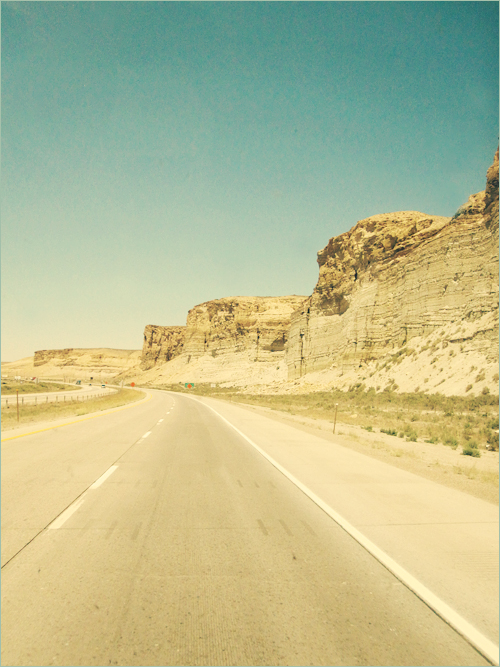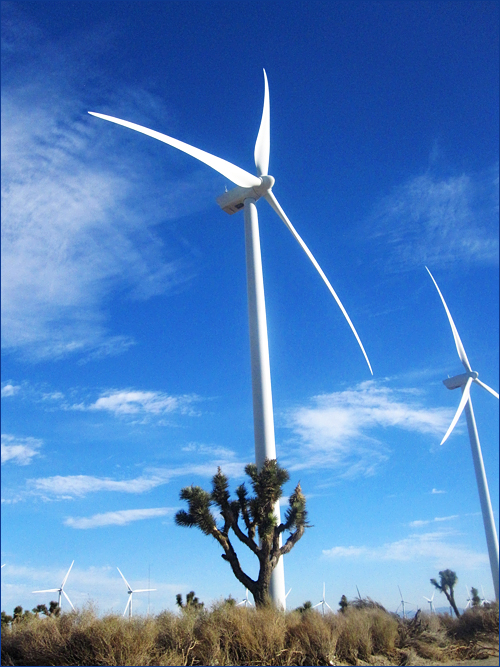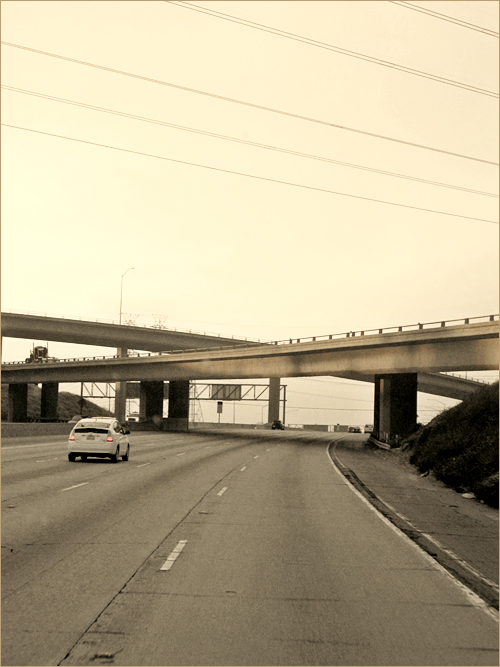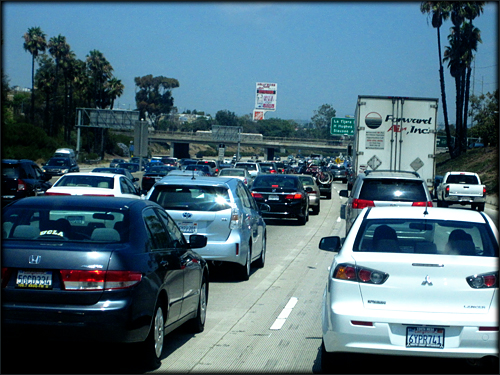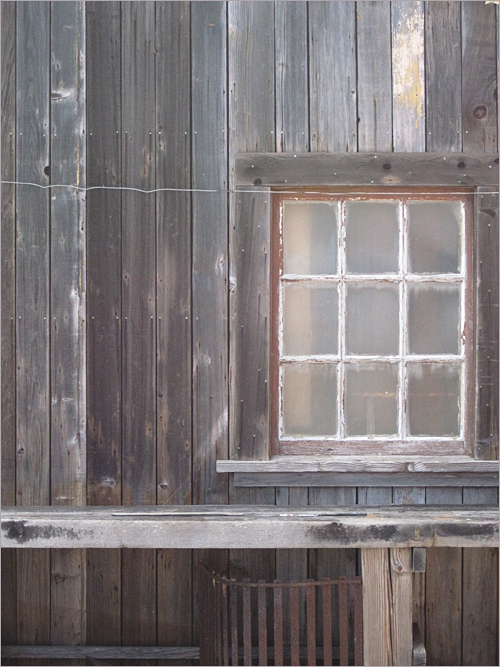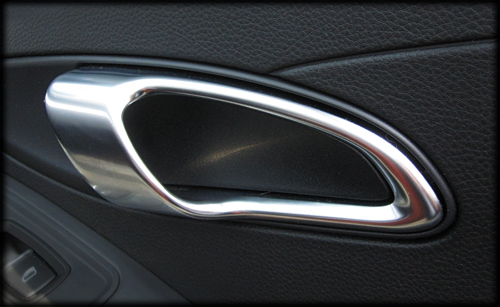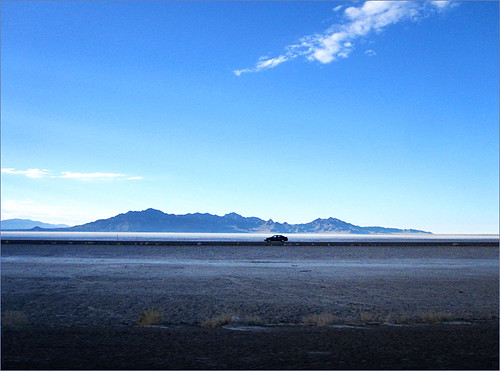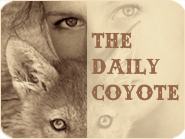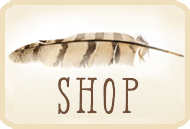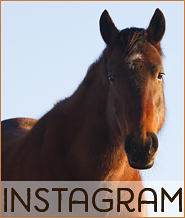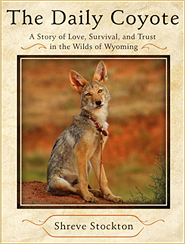Star Brand Beef Expands
Star Brand Beef is back for a third year, and exciting things are happening! This summer, I will be delivering both West and East, and I have another rancher on board supplying beef. This is a big leap forward.
Honestly, after losing Frisco, it was really hard for me to get back into “work mode.” I spent most of February and March living at the barn caring for him, and much of April in bed mourning him. I didn’t feel I had the drive to organize and coordinate sales and delivery of not only my beef, but an enthusiastic neighboring rancher’s as well. But thinking about the current meat industry (you know I despise it) and my desire to keep these steers away from feedlots and commercial packers ignited some inner reserve. And you did, too: your support of Star Brand Beef for the past two years and your desire for healthy, humanely-raised beef gave me the mental push I needed.
MINI BEEF: I have another local rancher on board. I’ve know him for years; I taught his daughter in my classes when I subbed at the school, and Mike and I buy hay from him each year. He primarily raises sheep, but has a small herd of cows – quite literally! They are mini black Angus, and are about half the size of my steers. This makes it easier for him to raise among his sheep (they eat less grass and hay than my full-sized steers) and is a boon for you, as customers: a quarter mini-beef is just over half the size of a quarter of my beef. Perfect for individuals who eat meat less frequently or those with less freezer space.
Over the past two years, I have shared with him the standards and practices that both you and I expect: no GMO feed, humane treatment, and open pasture for his cattle. He has the means and the temperament to comply with these terms. What excites me, about bringing him on board and offering his beef to you, is that this is the next essential step in shifting the industry. He saw the success I’ve had in bucking the traditional system, and already held the belief that this new method is better for the animals, the environment, the rancher, and the customer. As others in our community see him making this shift (a local! a man born into the Wyoming ranching life!), I know they will begin to consider their place on this road, as well. You, out there, have paved the way for us out here, through your support of individual farmers and ranchers over the industrial model of Big Ag and your respect for the lives of these animals. And I thank you.
A Long Drive In A Big Truck
This year, I decided to deliver Star Brand Beef myself. I wanted to do this for a few reasons. On the technical and business end, I wanted to experience the delivery/pickup process first hand so that I would know what it entails and could therefore speak with real knowledge when I hire drivers in the future, and to see what should or could be improved about the process.
And on the pure pleasure end, I was way overdue for a road trip. I was thrilled to have the chance to finally meet customers and readers face to face. And my delivery route landed me at my grandmother’s house in the Bay Area for a most wonderful visit with Svensto.
I drove 3500 miles in a rented reefer truck. I drove that truck into LA and across the Golden Gate Bridge, through the desert and through the night. It was SO MUCH FUN. And the best part was getting to hang out with people whose comment handles I recognized or who I’ve known only through email. Digital is never as real as real life.
Windmills and Joshua trees in Mojave, CA, where I spent an afternoon in a rocketship hangar and touched something that’s going into space.
Driving into LA. I figured traffic would be mellowest early on a Sunday morning, and it was, hooray! The roads down there are terrible though. Sections of the 405 made the washboard gravel roads around here seem downright luxurious.
Leaving LA, Sunday midday. I took this photo for Mike. He’s more comfortable spending the night alone in the wilderness in a blizzard than driving for five minutes in the light traffic of Billings. He’s never even seen traffic like this.
The ocean. Part of me will forever be a California girl.
Pretty wood at China Camp in Marin, which is where the photo of the boat house and dock from my last post is also from.
Door handle of the Boxster convertible I got to ride around in for a few days after my deliveries were done. Pure art.
Driving home, the Utah salt flats. This photo is way better bigger, click it to see it large. I was like a barn spoiled horse headed home ~ I could not wait to see the Farmily. Mike took great care of everyone while I was away; I couldn’t have made this trip without him holding down the fort and making sure everyone had food and love. He even carried his cell phone around so that I could talk to the animals every few days via speakerphone while I was gone.
In Defense of The Family Rancher
In my last post, I got this comment: I do not understand how someone who has such love and respect for cattle can advocate their slaughter. I’ve received versions of this comment/question many times since I launched Star Brand Beef and, to be completely honest, I’ve never really understood the question. I started Star Brand Beef because I love and respect cows.
I eat meat – here is my post about why I’m not vegan or vegetarian. I don’t feel guilt about eating meat (I feel respect and gratitude) but I would feel guilt, and feel like a hypocrite, if I didn’t do everything in my power to keep cattle from going to feedlots. The fact that I can offer other people healthy, humanely-raised, affordable, antibiotic-free, GMO-free meat is a bonus.
Even if I became vegan tomorrow, I would still do this work, because other people still eat meat. And, any vegan who has a dog or a cat is buying animal products in the form of dog or cat food – and it’s not karma-exempt just because it’s for your pet. Unless it is explicitly labeled grass-finished and pasture-raised, the beef on the market (or at the taco stand or in the dog food can) comes from cattle that spent time – in most cases half their lives – on a feedlot. Feedlots are cow concentration camps. Commercially raised pigs and chickens have their own versions of this, too. Anyone who has not seen a commercial feedlot, please google, or watch Food Inc.
Backing up: How and why do cattle end up on feedlots? Family ranches make up the majority of the source of all beef sold in the US.* These ranchers run the breeding stock – the cows and the bulls – and every year, they sell the calves to feedlots. So, the cows stay on the ranch, and the rancher’s income comes from selling calves each year. This system has succeeded because ranchers spend 14-hour days working the land and tending the animals – they don’t have the time (and, often, the inclination) to be salesmen and women on top of that. And pre-internet, selling beef directly to the consumer would have been virtually impossible for most ranchers. So, the ranchers have a simple, dependable manner in which to sell their calves: to the feedlots and packers (though it is not without disadvantages, which I will get to later). Calves enter the feedlot system at around six months old to 1.5 years old and are fed corn and soy and heaven knows what else, and are injected with Zilmax and antibiotics and heaven knows what else, and then become beef for the consumer market at around two years old. The animals are big enough, by then, but there’s another reason – they will die from liver failure after two years in a feedlot, because what they are fed is so contrary to their physiology.
Mike’s oldest cow, fed only grass, is 21 years old. Cattle fed in a feedlot will die within two years. There’s something terribly, terribly wrong with this picture. Combine that with the horrific physical conditions of a feedlot – no area to move or run, no shade from the sun, nothing but layers of their own shit to stand in – and one can see why there is rampant use of antibiotics on cattle in feedlots. (More than half of all antibiotics and antacids used in this country are given to cattle on feedlots.) And then the people and cats and dogs who eat this meat are eating extremely unhealthy meat – they’re eating meat that was sick, and that is filled with antibiotics and other drugs, and this in turn contributes to the health problems we see today in our society (red meat is not inherently unhealthy; corn-fed red meat that is pumped with antibiotics and other drugs, is).
Mark Bittman did this TED talk that discusses the enormous amount of beef consumed in America today. It’s a great talk, though not without flaws: the cattle industry statistics at the beginning are in relation to feedlots – no one is blaming global warming on elk or reindeer (bad Santa!). And his solution is personal choice – changing our collective eating habits to “knock down” industrial ag.
This is important, yes. But it’s not the most viable solution. Because, first and foremost, ranchers (under the current system) will sell their calves to feedlots and feedlots will market all that beef. The statistics in the second half of Bittman’s talk confirm that.
I see another possible solution. Right now, most ranchers run “carrying capacity” with breeding stock, as mentioned before, and sell calves when they are weaned (or yearlings). However, if ranchers transitioned from cow/calf operations to cow/calf/grass-finished beef operations and were able to sell this grass-finished beef directly (realistically, through a cooperative) without going through the feedlots, some very remarkable things would happen.
The land can only run so many cattle. There is a finite amount of grass and hay. So, if a rancher switched from selling calves to raising these calves for grass-finished beef, they would have to restructure their herd, and run less breeding cows because they would also be feeding the beef-to-be. This would cut a rancher’s workload by about 25%, because some of the hardest work in ranching is calving, tending and working calves, and trailing cow/calf pairs. My little beef herd is extremely low maintenance compared to cow/calf pairs. I trailed them down the mountain on foot, they’re that easy. There still remains the ranch work of trailing and irrigating and putting up hay and tending to the (smaller) cow/calf herd, but overall, the workload is decreased by about 25%.
If these ranchers were able to sell their grass-finished beef directly to the consumer (or restaurant or school or cooperative owned-and-operated meat market), even after subtracting a commission to a manager/admin/organizer (someone who coordinates sales as I have done with Star Brand Beef), they would earn about 25% more selling finished beef than they currently do selling a higher number of calves. For those of you with office jobs, imagine being offered a four day work week along with a 25% raise. The rancher would also be in greater control of the market, rather than being at the mercy of the feeders and packers who drastically fluctuate beef and calf prices, over which the family rancher has no control. And feedlots would die.
OK, feedlots wouldn’t necessarily die, at least not immediately. This is because corporations, which make up only 4% of all cattle operations in the US, account for 35% of sales.* I’m guessing they would try to keep the feedlot system alive. But if feedlots lose more than half their inventory, they’re going to feel the hurt. No business can run in the same manner with less than half the inventory – just ask the newspaper and magazine companies. McDonald’s hamburgers would cost $15. Two birds with one stone.
Family ranchers may be land-rich, but I don’t know any who are rich-rich. Some decide this life is too hard for too little pay and sell their ranch to multi-millionaires, or are forced out because of financial reasons. This has happened here. One such multimillionaire who bought out a family ranch has put in a private airstrip, a tennis court, a fake climbing wall, has built – among other things – a multi-thousand-square-foot hunting lodge in the middle of elk habitat (and then wonders why the elk no longer congregate in that area), and is planning a subdivision. Now we’re no longer talking about cattle but the diminishing habitat of other animals – rabbit, coyote, bobcat, fox, elk, deer, antelope, beaver, hawk, eagle, magpie, on and on.
When I spent the summer of 2011 camping on our mountain pasture lease, I noticed a sad phenomenon. Our pasture lease is 1000 +/- acres of private land owned by the rancher we lease from, and which is surrounded on all sides by other 1000-acre tracts of private land owned by other ranchers. But to get there, you must drive through the National Forest. I saw hardly any wildlife during my trips through the National Forest. I did see everyone and their mother zooming around on 4-wheelers. (Hint: there’s a correlation.) Once I crossed through a few gates and was deep into private land, I saw wildlife everywhere. Deer, coyote families, sign of bear, dozens upon dozens of birds. The US Forest Service biologists have noted compromised wildlife habitat in public land, even in areas with leave-no-trace / hike-in-only access. One could argue that private ranch land is one of the last refuges of wildlife. (Because a ranching family checking cows on horseback, or even me camping in the mountain pasture all summer, has far less impact on wildlife than the influx of thousands of hikers or campers entering wildlife habitat in public wilderness areas over the course of each season.)
Right now, 85% of the consumer beef market is controlled by four corporations, and they are making the decisions for ranchers and consumers. And this is through the feedlot system, which is downright horrible for the animals, for the earth, and for anyone who eats that beef. Change has to start somewhere, and it is starting, all over the country with small ranchers raising grass-finished beef. I have two ranchers on board with me after just one year of Star Brand Beef sales, and a number of others who are intrigued. Is this easy? No! None of this is easy. I’m not doing it for “easy.” But I’m good with cattle, and I think the current system is awful, and I think I would be a worse person if I didn’t work to change it. And I think it’s better for those who eat meat, to eat meat that was loved.
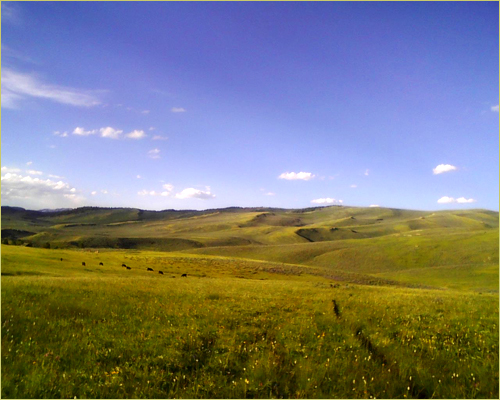
{ our mountain pasture lease }
* data from the USDA Census of Agriculture
Star Brand Beef ~ Year One Recap!
First off, I now know why middle-men exist. Organizing and coordinating this first run was about three times as much work as I was expecting ~ and I was anticipating a lot. I’ve spent the last month catching up on everything that fell by the wayside this summer, hence my blog slacking of late. But it was so worth it. The reviews have been pouring in and they, too, exceeded my expectations:
“The beef is UNREAL. I grilled up some New York steaks and could cut them with a butter knife. I have never tasted beef like this. Ever. Bravo.”
“We have been buying sides [of beef] for a long time and this is the best ever.”
“Star Brand Beef is the best beef I have ever eaten! I’m not a great cook so I know it’s not my cooking skills but the actual meat :-) It was incredibly tender, flavorful and juicy. I only used a little bit of salt and pepper to season it, that was it.”
“Been to some high end steak houses but this was THE best steak I’ve ever had. Seasoned with salt and pepper only. Wow.”
“I have to say, this beef is incredible tasting. And this whole process has made me much more conscious of the meat industry.”
“Star Brand Beef is what a hamburger is all about. Spouse saysit’s the only beef he’ll eat from now on.”
“We grilled up a package of hamburger on Saturday night. They were unbelievable! It makes you wonder how it’s possible that we’ve been duped for so long into eating the tasteless stuff in grocery stores. I’ve been so thrilled with this whole experience…”
Healthy beef, humanely raised, better for the environment, and it’s delicious beyond words! Hurrah!
When we were loading Bethany’s truck, a number of local ranchers found reasons to “happen by” and watch. Word has spread around the area and I have a list of ranchers who want to talk with me and learn more about what I’m doing. This excites me so much ~ for this is how large-scale transformation of the industry and feedlot system (which is intimately linked with GMO corn and soy) can eventually take place.
In regards to the future: I’ll be spending the winter figuring out next year’s route, and the years beyond that. In addition to those in the East who patiently waited out this year, I’ve heard from a number of customers on the west coast who are hoping I’ll deliver West again next year, too. Hearing from you will help me enormously. I am putting together a mailing list, and info for next year’s sales will go out to this list before I make it public on the blog. If you’d like to get on this list, please email me with your name and city and state. If you have an idea of how much you’d like to order (whole, half, or quarter), that info will also help me plan for the future. I won’t be sending out many emails to this list and certainly won’t consider these emails from you as set-in-stone orders, rather, it’s information gathering so I can try to make everyone as happy as possible.
THANK YOU so much for your patience, support, and enthusiasm!
~ Rosie ~
Yesterday, a dream I’ve held for thirty years was fulfilled.
I rode in a big rig!!!
Bethany is even more amazing than her truck ~
I’m thrilled she’s my driver and I wish she were my neighbor!
Much more to share but I am frustratingly exhausted….
over & out for now.
